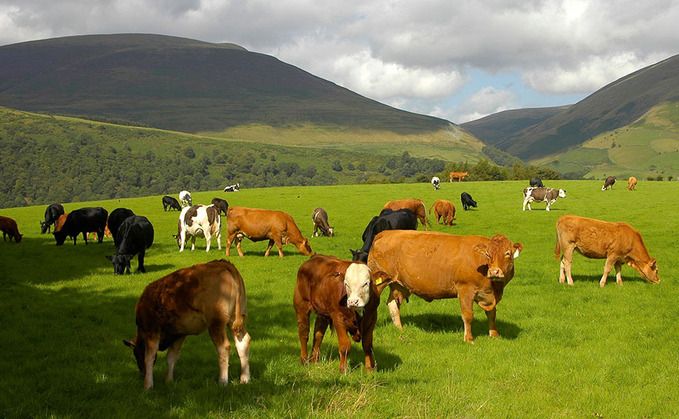
Unlocking Hidden Value: The Finance Gap in the Frozen Meat Supply Chain
How hidden payment delays, tight margins, and frozen inventory tie up billions in working capital across the global meat trade
The global meat industry is often estimated at over $1 trillion in retail sales. That figure reflects the value of meat products sold to consumers via retailers and foodservice operators. But that number hides a far more complex and capital-intensive chain of wholesale, processing, and logistics layers that circulate vastly larger sums in B2B transactions.
In fact, when you trace a single batch of meat through every hand-off, from farm to abattoir, processor, manufacturer, wholesaler, and distributor, the total transaction value can easily double or triple the retail figure. Much of this activity carries little incremental value, but significant cash-flow and credit risk.
Tracing the Journey: From Farm to Consumer
A simplified journey of 100 cattle illustrates how value multiplies along the chain:
Farm stage
Farm → Abattoir – live cattle worth about €150 000
Abattoir → Processor – dressed carcasses worth €220 000
Processor stage
Processor → Manufacturer (≈ 55 % of output) – €165 000
Processor → Domestic Retail / Foodservice (fresh, ≈ 35 %) – €105 000
Processor → Exporter (≈ 10 %) – €30 000
Manufacturing stage
Manufacturer → Retail / Foodservice (+20 %) – €198 000
Exporter → Foreign Retail / Foodservice (+10 %) – €33 000
By-products stage
Abattoir / Processor → Renderer – €18 000
Renderer → Industrial users – €25 000
Retail stage
Domestic Retail / Foodservice → Consumers (fresh path) – ~€136 500
Processed Retail / Foodservice → Consumers – ~€247 500
Foreign Retail / Foodservice → Consumers – ~€41 250
In this scenario, the gross value of B2B transactions (wholesale + processing + logistics) totals roughly €944 000. Including the original farm sale and the final consumer transactions, about €1.37 million changes hands through at least nine separate B2B deals, from €18 000 by-product sales to nearly €200 000 manufacturer-to-foodservice contracts.
Only part of this turnover represents real value creation; the rest is pass-through value, repeatedly counted as the same meat changes ownership.
The Stress Points: Cash Flow and Finance Gaps
With so many hand-offs and large sums in motion, the meat supply chain carries persistent financial tension.
1. Slow payments
Suppliers often wait weeks or months for payment after delivery while wages, livestock, energy and transport bills are due immediately.
2. Capital trapped in inventory
Frozen meat may sit in cold storage, in transit, or awaiting inspection. It represents genuine cost but cannot be monetised until sold.
3. Perishability and price volatility
Spoilage risk and fast-moving global prices make lenders wary; value can fall 10–30 % in weeks.
4. Thin margins across intermediaries
Wholesalers operate on 2–5 % margins. A single delayed payment or temperature failure can erase profit.
5. Collateral and credit constraints
Banks rarely lend against perishable inventory. Meat lacks the formal warehouse-receipt systems available for grain, leaving smaller firms without affordable credit.
6. Counterparty and credit risk
Each transaction carries risk that the buyer defaults, delays, or rejects goods — risks amplified in cross-border trade.
7. Fragmentation and complexity
Multiple small players, differing regulations, and cross-border logistics lead to paperwork friction and extended cash-conversion cycles.
Impact and Strategic Implications
Suppliers may be forced to sell early or at discounts simply to maintain cash flow.
Processors stretch limited credit lines to fund slaughter, freezing, and storage.
Wholesalers advance payments to secure product, absorbing liquidity risk.
Retailers and foodservice operators squeeze suppliers for longer terms, amplifying upstream strain.
These systemic issues create a persistent working-capital gap running through the global frozen-meat trade. Behind headline turnover figures lies a chain of perishable assets financed largely out of producers’ and traders’ own cash, an inefficiency that shapes pricing, reliability, and long-term resilience across the sector.
Looking Ahead
The challenges outlined above are structural, not temporary — and they affect every link in the global meat value chain. Improving liquidity, trust, and transparency between buyers and suppliers will be key to unlocking the sector’s full potential. At Meat Borsa, we are developing mechanisms to address these financing and flow-of-funds barriers, helping market participants trade with greater confidence, speed, and stability.
